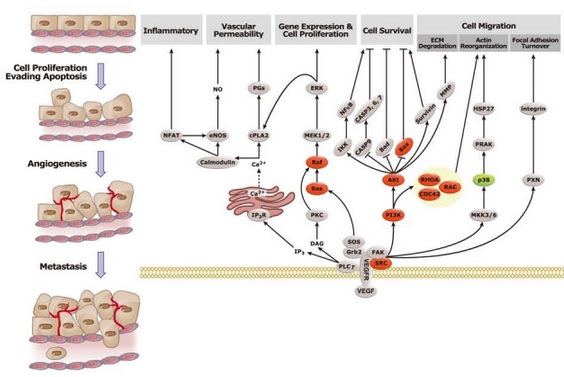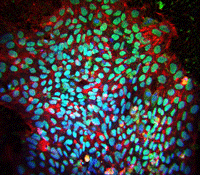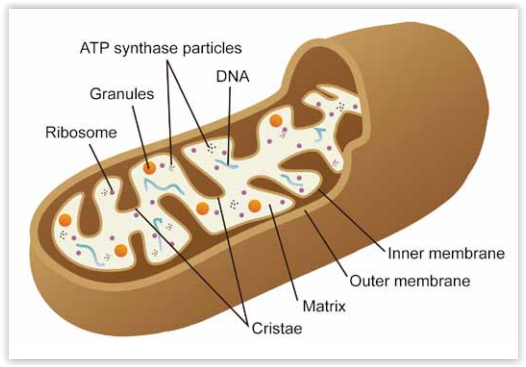For about 5 years now, there has been a renewed interest for mRNA molecules and their numerous applications. Mature mRNAs can be transfected into cells (ex. in mammalian cells) for various purposes (ex. cell reprogramming and iPSCs production, genome editing (such as CRISPR-CAS9), cell line engineering (eg. protein production)) without the need for cloning strategies in expression vectors. In addition, mRNA molecules are now becoming a promising elements in Drug Discovery to deliver genetic information and mRNA-based therapeutics in cells.
Whatever the application used, mRNA production by in vitro transcription (IVT) is tricky and deserves high quality enzymes. In this post, let’s take a closer look at the mScript technology for optimized mRNA productions.
mScript is a blend of enzymes and buffers optimized for IVT of high quality in vitro 5′-capped, 3′-polyadenylated mRNA from linear double-stranded DNA templates (mScript T7 Enzyme Solution, ATP, CTP, GTP and UTP). The kit is flexible as it also provides all the reagents needed for making mRNA with a “Cap 0” cap structure from the newly synthetized RNA (ScriptCap™ Capping Enzyme System), and for making (when needed) mRNA with a “Cap 1” cap structure (ScriptCap™ 2′-O-Methyltransferase & A-Plus™ Poly(A) Polymerase for adding a 3′-poly(A) tail).

For any of you a little bit lost by mRNA capping, read on for a brief overview below!
mScript kit – A safe choice and a simple protocol for high quality mRNA productions
The mScript System improves upon existing capping methods by ensuring virtually 100% transcript capping (all caps are in the proper orientation) and the ability to produce large amounts of capped mRNA at a reasonable cost.
The mRNA batches obtained by mScript are suitable for transfection & microinjection experiments as well as in vitro translation systems.
mScript is a complete mRNA Production System based on 4 high performance enzymes (Figure 1):
- T7 enzyme solution – It’s the same enzyme as for the T7-FlashScribe that can produce 180 µg (uncapped) RNA from 1µg of template. Transcription can also be done very fast, in 30 minutes if needed.
- ScriptCap capping enzyme – It ensures 100% of RNA has a cap 0, so an even better solution than ARCA incorporation (80%)
- ScriptCap 2′-O-Methyltransferase – to try the Cap 1 structure and boost the translation.
- A-Plus™ Poly(A) Polymerase for the tail
With this very affordable method, you can obtain >60µg of capped mRNA (~1.4kb) within only 15 minutes of IVT and with the capping of your choice (Cap 0 when you’re looking for mRNA-based modular protocols keen to perform IVT only, IVT and Cap 0 mRNA capping; enzymatic Cap 1 capping and Poly(A) being optional.
Download your copy of the mScript mRNA Production System manual here.
Cap 0 – Cap 1? – Structures that matter for efficient mRNA translation
It’s well known that if the nucleus transcription of genes produces messager RNA (mRNA) then these molecules migrate into the cytoplasme to code for proteins that hold the functions. The mRNA has a capping structure at the 5’end and a tail at the 3’end. Both are required not only to promote proper translation but also to prevent degradation of the mRNA. That is why high level of proteins require optimal cap and tail. Less common knowledge is that there are several capping structures that influence the translation.
As soon as the transcription has started, a Guanosine monophosphate residue is added to the 5’end of the RNA. Then a methyl group is added to the N7 position of this Guanine. The result is the initial and basic capping, called “Cap 0” cap structure. In higher eucaryotes, we can also find another structure with the addition of a methyl group at the 2’-O position of the penultimate nucleotide, it is the “Cap 1” cap structure (Figure 2).

Interestingly, it was shown that Cap 1 can boost the translation from 20% to 50% in most Mammalian cells. Unfortunately, it’s not always the best capping structure and for some cells Cap 0 can be better. Thus, Cap 0 and Cap 1 should be compared to find the optimal capping for each cell type.
Looking for mRNA production?
As covered in this post, the ready-to-use mScript kit is an ideal companion for researchers seeking to produce their mRNA directly at their benches and on their own. Nevertheless, it’s also possible to access high quality R&D-scale chemically synthetized mature mRNAs or to outsource mRNA productions to a C.R.O. (such as tebu-bio!) skilled in molecular biology but also cell line engineering and protein production. Don’t hesitate to contact me to discuss your needs and define which strategy (mScript, chemically synthetised, outsourcing) fits the best with your applications.
Stay up-to-date – subscribe to tebu-bio’s Molecular Biology eNewsletter here!



